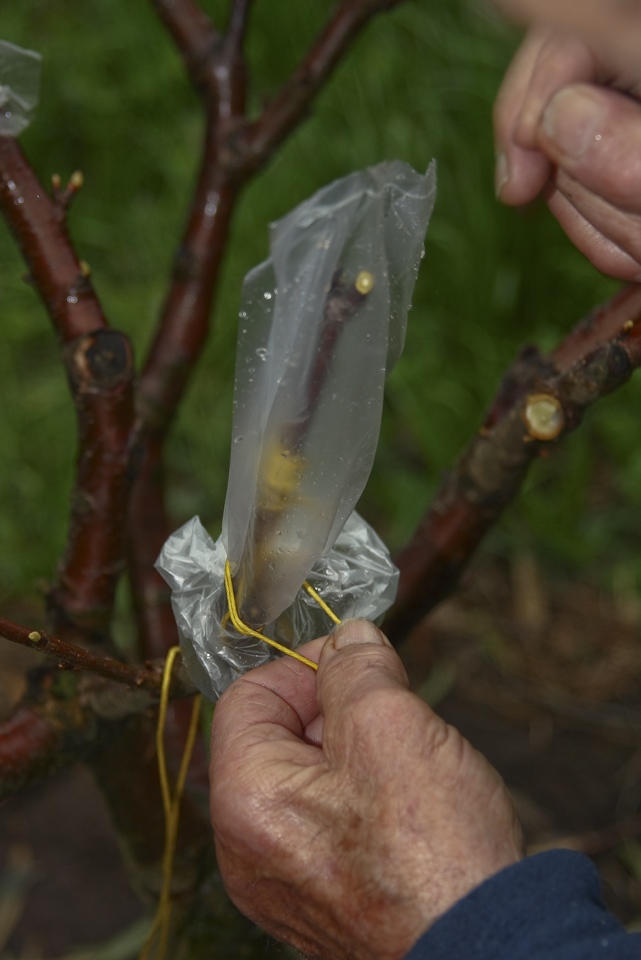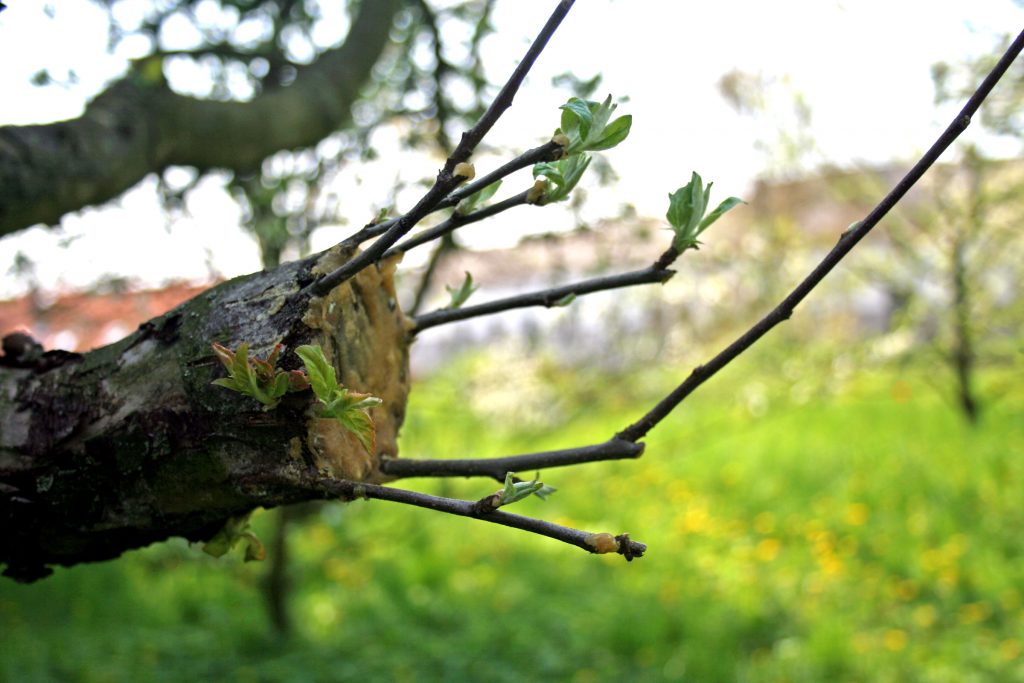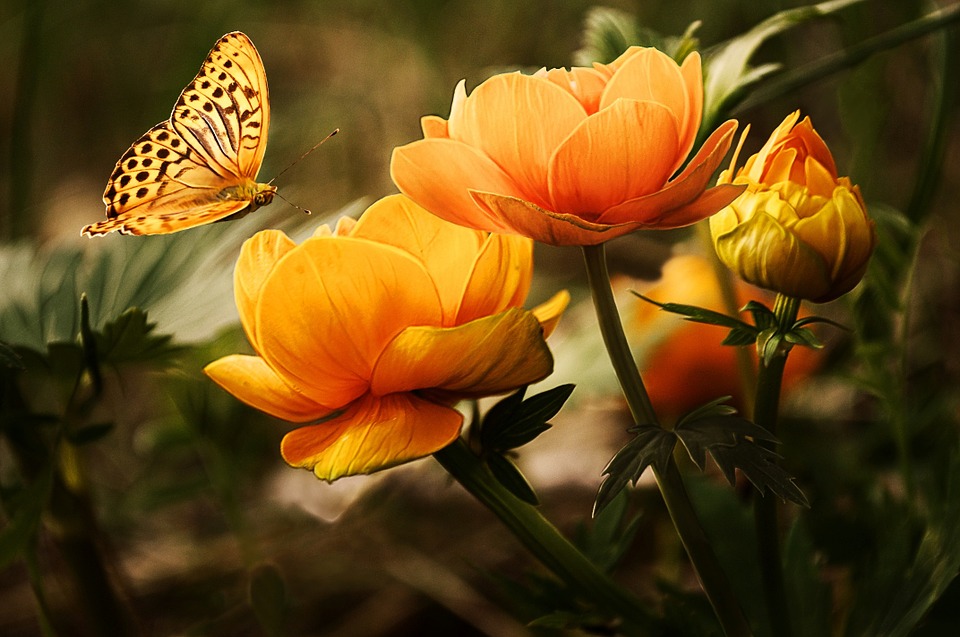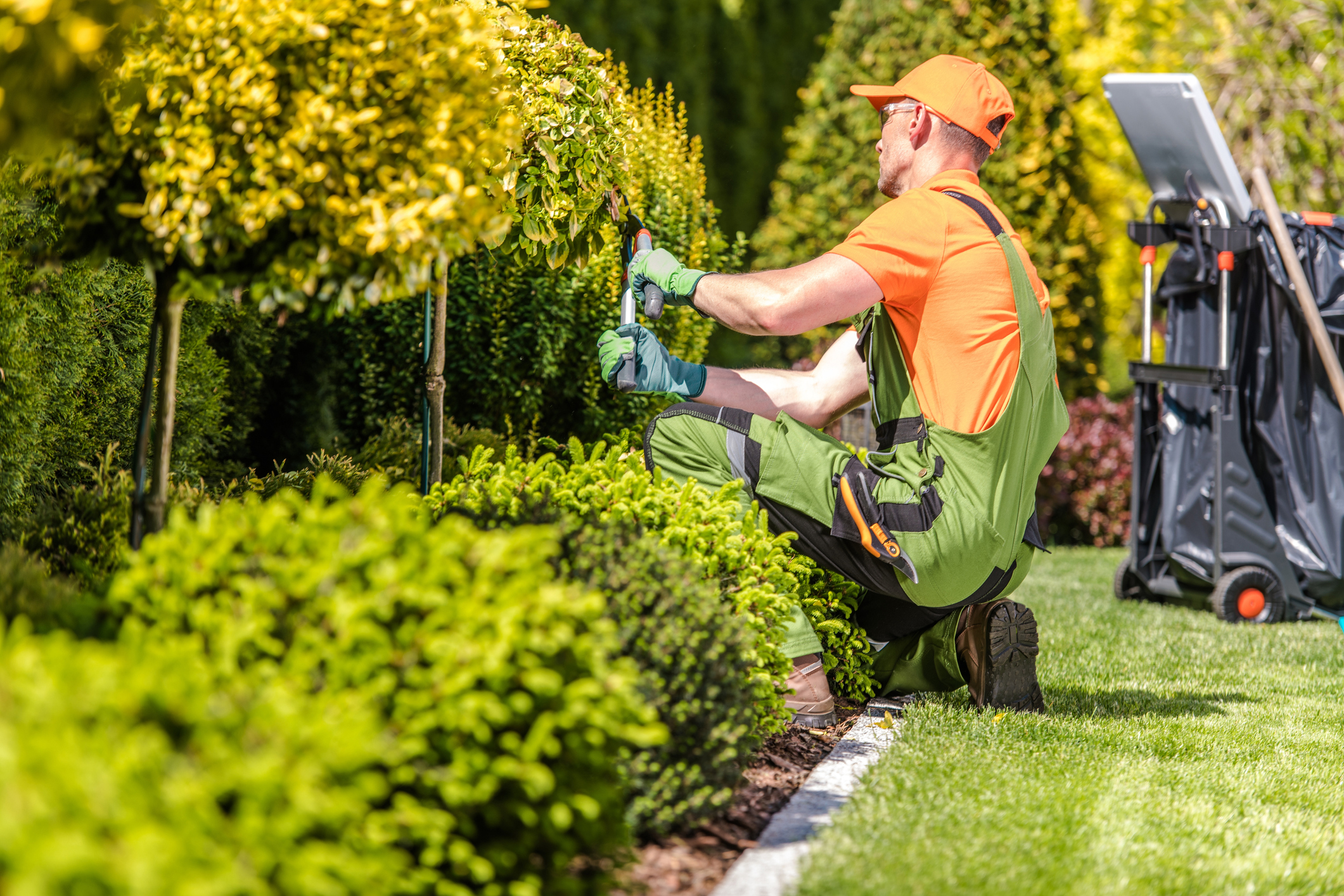How to Graft a Tommy Atkins Mango Tree: A Step-by-Step Guide
Tommy Atkins mango trees are not well-suited for growing in Canada’s climate, particularly in regions with colder winters. These mango trees thrive in tropical and subtropical climates, such as those found in Florida, Mexico, and other similar regions. Canada’s colder temperatures and shorter growing season make it challenging to cultivate Tommy Atkins mango trees outdoors successfully. However, with the right care and growing conditions, including the use of greenhouses or indoor containers, it may be possible for mango enthusiasts in Canada to grow Tommy Atkins mango trees as a unique and exciting gardening experiment.
If you’re a mango enthusiast and want to cultivate your very own Tommy Atkins mango tree, grafting is an excellent technique to ensure you obtain the desired variety. Grafting allows you to combine the desirable traits of the Tommy Atkins mango with a compatible rootstock, resulting in a healthy and productive tree. In this comprehensive guide, we’ll take you through the step-by-step process of grafting a Tommy Atkins mango tree, from selecting the right materials to caring for the grafted tree in a Canadian context.
Step 1: Gather the Materials
To graft a Tommy Atkins mango tree, you’ll need the following materials:
- Tommy Atkins scion: Choose a healthy, disease-free scion from a mature Tommy Atkins mango tree.
- Rootstock: Select a suitable mango rootstock, such as the common Turpentine or Manila varieties, suitable for Canadian growing conditions.
- Grafting knife: Use a sharp, sterilized grafting knife for precise and clean cuts.
- Grafting tape: This specialized tape helps secure the graft union and protects it during the healing process.
- Sterilizing agent: Prepare a sterilizing solution to disinfect your tools and minimize the risk of disease transmission.
Step 2: Prepare the Scion and Rootstock
- Collect the Tommy Atkins scion: Choose a healthy branch with multiple bud nodes and make a clean, slanted cut just below the bud.
- Prepare the rootstock: Select a sturdy, disease-free rootstock and make a smooth, horizontal cut to create a flat surface for the graft union.
Step 3: Make the Graft

- Connect the scion and rootstock: Align the slanted cut of the scion with the flat cut of the rootstock, ensuring the cambium layers match as closely as possible.
- Secure the graft union: Wrap the graft union firmly with grafting tape, starting from the base and working your way upward. This helps maintain alignment and provides support during the healing process.
Step 4: Protect and Nurture the Grafted Tree
- Provide shade: Shield the grafted area from direct sunlight by covering it with a protective shade cloth or a plastic bag with proper ventilation.
- Maintain humidity: Create a humid environment around the graft by placing a clear plastic bag over the grafted area. This helps prevent moisture loss and promotes successful grafting.
- Monitor and care for the graft: Regularly inspect the graft union for signs of healing or complications. Water the tree as required and protect it from extreme temperatures or pests commonly encountered in Canadian climates.
- Prune and train the tree: Once the graft has successfully established, prune the tree to shape it and encourage optimal growth. Remove any competing shoots and provide support if necessary.
- Patience and care: Remember that grafting takes time, and it may take several months for the graft to fully integrate and the tree to grow vigorously. Be patient and provide consistent care, including regular watering, fertilization, and protection from harsh weather conditions.
Grafting a Tommy Atkins mango tree allows you to savour the delectable fruits of this sought-after variety right in your own Canadian backyard. By following the step-by-step instructions provided in this guide and providing attentive care, you can increase the likelihood of a successful graft and nurture a thriving Tommy Atkins mango tree. Remember, grafting requires patience as the healing process takes time. Additionally, it’s important to adapt the care techniques to the specific Canadian climate and conditions. With dedication and proper nurturing, you’ll soon be rewarded with an abundant harvest of sweet and juicy Tommy Atkins mangoes that will surely impress your friends and family.
Note: Grafting techniques may vary, and it’s important to conduct thorough research and understand the specific grafting method you plan to utilize before undertaking the process. Seeking advice from experienced grafters or horticulturists can provide valuable insights and guidance tailored to the Canadian context.



